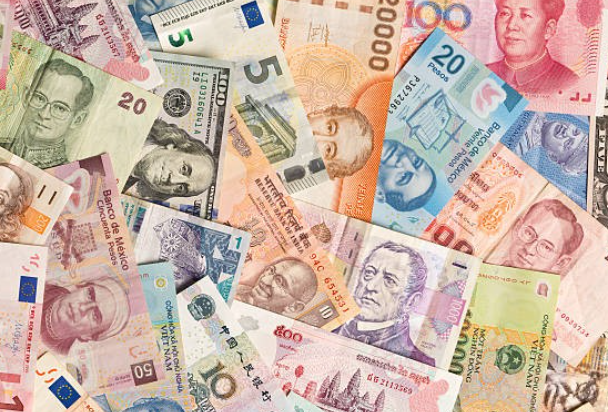Remittances To India Cross $100 Billion Mark In Fiscal Year 2022-23
India recently passed the important milestone of $100 billion in payments. In the fiscal year 2022–23, it reached a record $112 billion. At this peak, an amazing $29 billion was sent back to India just in the December quarter. This shows that money sent back to India is strongly going up.
Historical Trend and Election Years Impact
Studies that look back over the last 25 years show that payments to India tend to be highest during election years. For example, remittances hit $83.2 billion in fiscal year 2019–20, which happened to be an election year. They slightly dropped to $80.2 billion the next year, due to the global COVID-19 pandemic. This trend shows that there is a regular, though not always clear-cut, link between election years and changes in remittance inflows.
Factors Influencing Remittance Flows
The flow of remittances is greatly affected by many things, such as the job market around the world and the chances for the Indian diaspora. Important events in history, like the oil boom in the 1970s and the IT boom in the 1990s, greatly improved job possibilities for Indians working abroad, which led to more money being sent back home. According to the Indian government, these “private transfers” are an important part of the country’s balance of payments and a major source of foreign currency.
Stability and Economic Impact of Remittances
When compared to foreign investments or borrowing money from other countries, remittances are a more safe and long-lasting way to get foreign currency. This steadiness is especially important because it helps pay for India’s current account deficit. It is an important part of the country’s economic backbone in a time of open economic policies that began in the 1990s.
More About Inward Remittances
Inward remittances, or money sent back to home countries by expatriates, have a big effect on businesses around the world. India, China, and Mexico get the most money, which shows how much the population and economies depend on these funds. Remittances brought in more than $554 billion for low- and middle-income countries in 2019, more than foreign direct investment. Egypt’s remittances went up by 40% after the revolution in 2011. The World Bank says that remittances help to stabilize economies by raising family incomes and making people more creditworthy. Mobile payments and other technological advances have lowered the costs of sending money abroad, making transfers faster and easier. However, fees are still around 7% on average.
What is the Balance of payments?
- The Balance of Payments (BOP) is a comprehensive record of a country’s economic transactions with the rest of the world.
- It includes three main accounts: the current account, the capital account, and the financial account.
- The current account balances trade in goods and services, net earnings on overseas investments, and net transfer payments.
- The capital account reflects the net change in ownership of national assets.
- The financial account shows changes in international ownership of financial assets.
- Any mistakes or missing information in the account usually mean that tracking isn’t going smoothly.
- Keeping the BOP in balance means recording transactions as credits and debits. This affects exchange rates and economic strategy.
- Large gaps can cause big changes in the economy.
Month: Current Affairs - May, 2024
Category: India Nation & States Current Affairs








